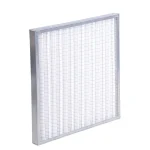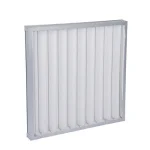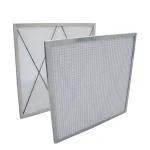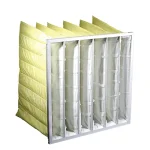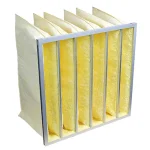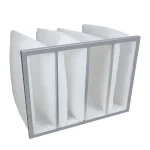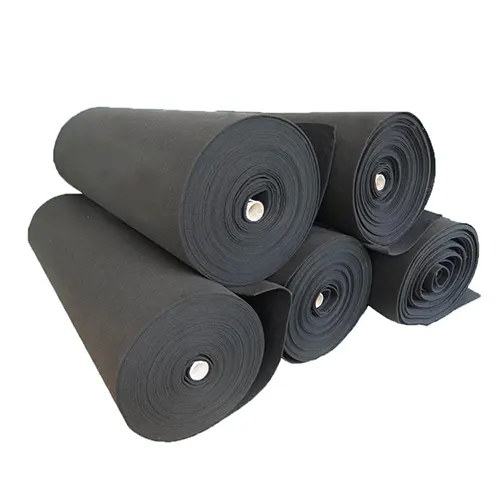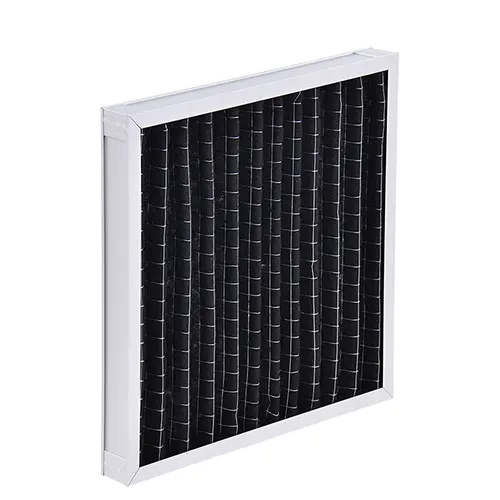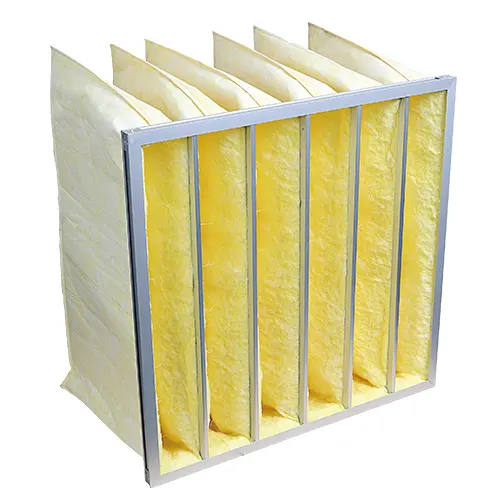Selecting the Right G4 Air Filter for Your Needs
Table of Contents:
Section 1: Understanding G4 Air Filters
Section 2: What to Consider When Selecting a G4 Air Filter
Section 3: CleanLink Offers Quality G4 Filters for Various Applications Industries
Section 4: Comparing G4 Filters with Other Grades
Section 5: Maintenance and Longevity of G4 Air Filters
Section 6: How Cost-Benefit Are They
Choosing the right air filter is essential for maintaining optimal air quality and system performance, whether in commercial buildings, industrial settings, or residential spaces.
G4 air filters are a popular choice due to their balance of efficiency and cost-effectiveness. However, selecting the right G4 filter for your specific needs requires careful consideration of several factors to ensure you achieve the best results.
Understanding G4 Air Filters
G4 Filter Efficiency and Classification
G4 air filters are classified as medium-efficiency filters, typically rated within the MERV (Minimum Efficiency Reporting Value) range of 7 to 9.
This classification means that G4 filters can be effective at trapping larger airborne particles, such as dust, pollen, and mold spores, with an efficiency of around 60-80% for particles sized 10 microns or larger.
They are a grade above lower-grade filters like G3, providing better filtration while maintaining a balance between efficiency and airflow.
Typical Environments and Systems Where G4 Filters Are Used
G4 filters are commonly used in various environments where moderate filtration is enough to maintain good air quality. Commercial buildings, residential HVAC systems, and industrial settings are the most common applications as pre-filters can protect more expensive filters like HEPA filters.
They are particularly suited for applications with moderate dust loads, such as office spaces, schools, in some cases–light industrial facilities, where they help improve air quality without overly reducing airflow or increasing energy consumption.
What to Consider When Selecting a G4 Air Filter
Airflow and Pressure Drop

Maintaining proper airflow is vital when choosing a G4 air filter, as it ensures your HVAC or air filtration system operates smoothly.
A filter that significantly restricts airflow can cause a higher pressure drop, resulting in increased energy consumption, and potential stress on the system. The way to avoid these issues is to select a G4 filter that has balanced effective filtration with minimal airflow impact, ensuring the overall performance and longevity of your equipment.
Dust Load and Particle Size
When choosing a G4 filter, take its dust load capacity into account because it refers to how much particulate matter the filter can hold before it is situated and needs to be cleaned or replaced.
A filter with a higher dust load capacity will last longer between maintenance intervals, making it more cost-effective.
Understanding the typical particle size in your environment is important, as G4 filters are designed to capture larger particles, ensuring their effectiveness in removing contaminants without clogging too quickly.
Application and Environment
The application and environment in which the G4 filter will be used are key factors in making the right selection.
For example, industrial settings may require a more robust G4 filter with higher dust load capacity, while residential HVAC systems might benefit from a standard G4 filter.
The humidity, temperature, and exposure to chemicals can also be issues that impact filter performance, so it’s essential to choose a filter that is designed and engineered to withstand the specific conditions of your application.
Comparing G4 Filters with Other Grades
Differences Between G4 and Other Filter Grades
G4 filters are graded as medium-efficiency filters, typically capturing 60-80% of particles that are 10 microns or larger.
G3 filters offer slightly lower efficiency, making them suitable for environments with less stringent air quality requirements.
On the other hand, F5 filters (also known as MERV 10-12) provide higher efficiency, capturing finer particles more effectively, which makes them ideal for environments where higher air quality is essential, such as hospitals or clean rooms.
Situations Where a G4 Filter Is Preferred Over Other Options
A G4 filter is often the preferred choice in situations where moderate filtration is sufficient, such as in commercial buildings, light industrial settings, or residential HVAC systems.
It strikes a balance between filtration efficiency and cost, making it ideal for applications where higher-grade filters like F5 might be unnecessary and where the lower efficiency of G3 would not provide adequate air filtration.
G4 filters are also advantageous for environments where airflow needs to be maintained without causing excessive pressure drop or energy consumption.
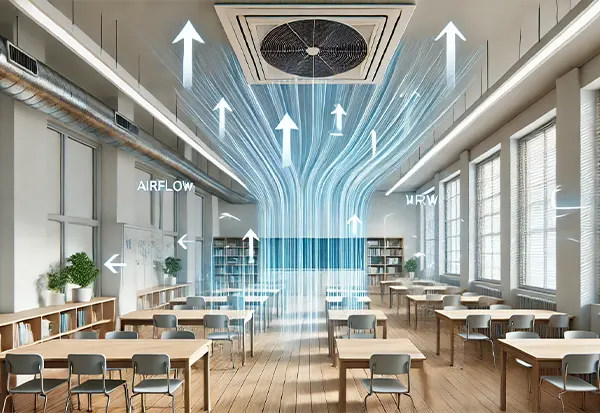
Maintenance and Longevity of G4 Air Filters
Best Practices for Maintaining G4 Filters
To maintain optimal performance and extend the lifespan of G4 air filters, regular maintenance is essential.
This includes routinely inspecting the filters for dust accumulation and damage, and cleaning or replacing them as needed. Establishing a maintenance schedule based on the specific environment’s dust load and operating conditions will help prevent clogs and ensure consistent airflow, keeping the system running efficiently.
How Maintenance Affects the Lifespan and Performance of the Filter
Proper maintenance directly impacts both the longevity and effectiveness of G4 filters. Regular cleaning or timely replacement prevents excessive dust accumulation, which can reduce airflow and strain the HVAC system, leading to higher energy consumption and potential system damage.
By adhering to a regular maintenance routine, you can maximize the filter’s lifespan, ensure optimal air quality, and reduce costly repairs or inefficiencies in your air filtration system.
How Cost-Benefit Are They
Evaluating the Cost-Effectiveness of G4 Filters
G4 filters are often selected for their balance between cost and performance. While they may have a higher starting cost compared to lower-grade filters like G3, their ability to capture a significant amount of airborne particles makes them a cost-effective option in environments where moderate air quality is required.
The efficiency of G4 filters helps protect more expensive next-stage filters and equipment, reducing overall maintenance costs and extending the life of the entire air filtration system.
Balancing Initial Costs with Long-Term Benefits
When considering G4 filters, it’s important to weigh the initial purchase price against the long-term savings they might offer. G4 filters are designed to maintain good airflow while capturing a substantial amount of dust, which can lead to lower energy costs due to reduced stress on HVAC systems.
Their durability and effectiveness in capturing dust particles mean less frequent replacements, further contributing to cost savings over time.
Conclusion
Choosing the right G4 air filter involves more than just pressing a buy button on a website. Consider factors like airflow, dust load, application, and maintenance when you select a filter that not only meets your needs but also enhances the efficiency and longevity of your system.
Make an informed decision to ensure you get the best performance and value from your G4 air filter.
Contact CleanLink’s air filtration expert team for more advice.
